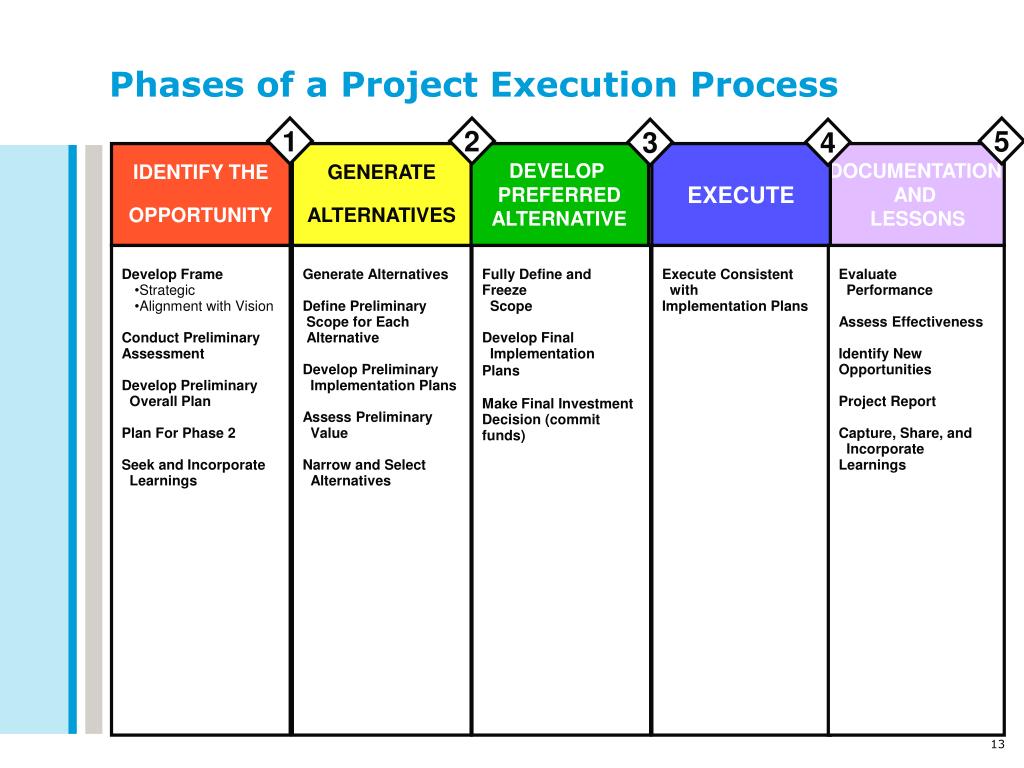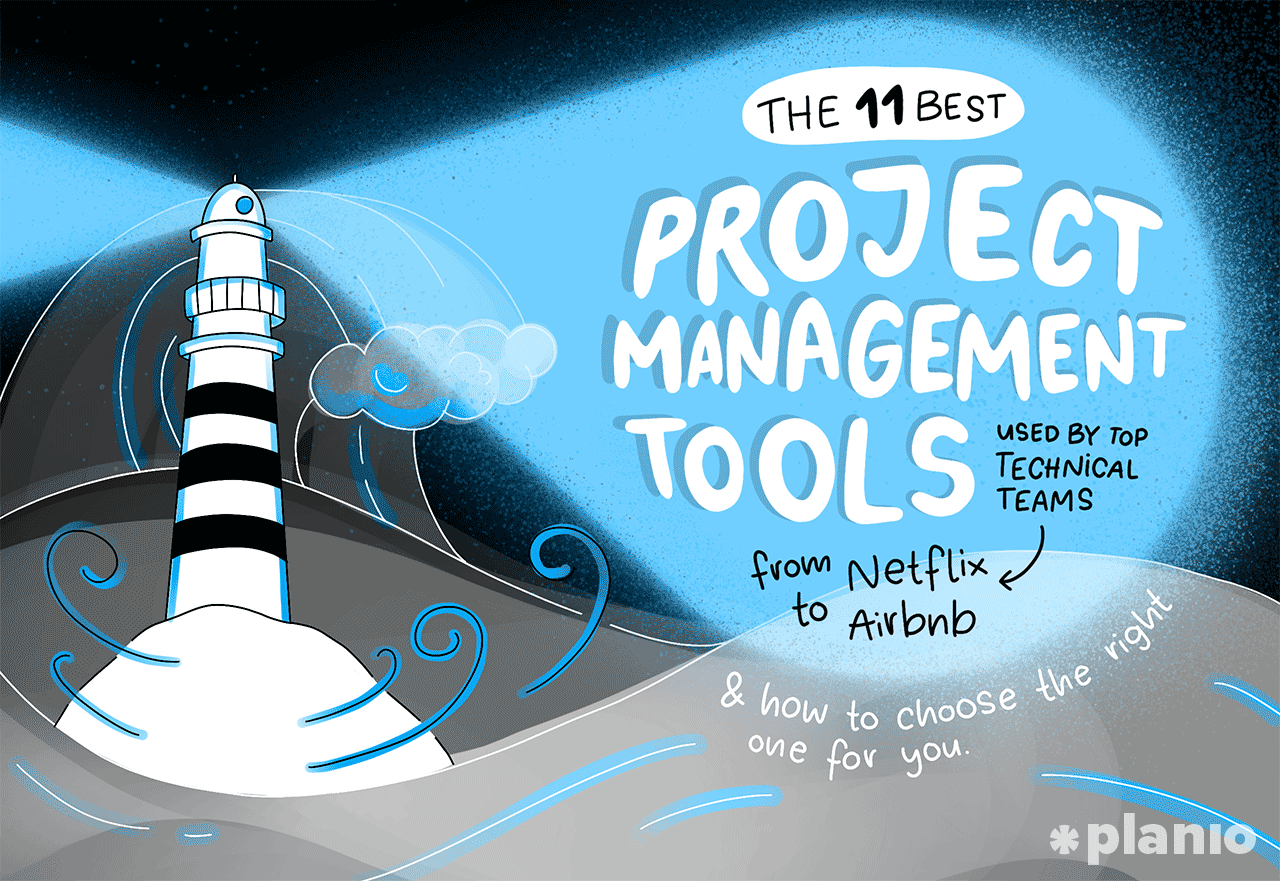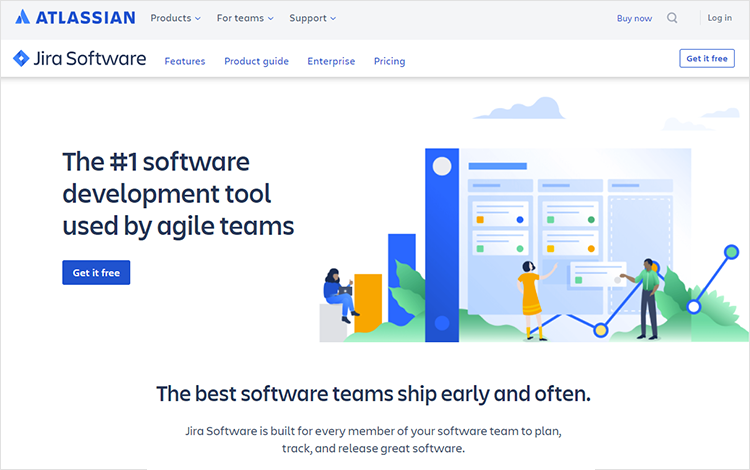
Projects), then using a weighting chart (Low, Medium, High) for eachĬomponent using Record Element Type / File Type Referenced and DataĮlement Type counts, this gives the Unadjusted Function Point (UFP)Ĭount. It starts with the Ratingīasis for each component (defined and adapted in the context of SAP However it does not account for differences in hardwareĬonstraints, personnel quality and experience, use of modern toolsĪs the methodology of this article uses the BasicĬOCOMO method as a basis for estimation, the overall steps and flowĪre similar between the two approaches. The Basic COCOMO is a good approach for quickly estimate of softwareĬosts. The coefficientsĪre given in the following table (note: the values listed below areįrom the original analysis, with a modern re-analysis producing
#The basic project management tools code
Where, KLOC is the estimated number of delivered lines (expressed in thousands) of code for project.

People required (P) = Effort Applied / Development Time )Įffort Applied (E) = a b(KLOC) b b ĭevelopment Time (D) = c b(Effort Applied) d b It is also combination of organic and semi-detached projects.(hardware, software, operational. Semi-detached projects - "medium" teams with mixed experience working with a mix of rigid and less than rigid requirementsĮmbedded projects - developed within a set of "tight" constraints. Organic projects - "small" teams with "good" experience working with "less than rigid" requirements
#The basic project management tools software
Program size isĮxpressed in estimated thousands of source lines of code (KLOC).ĬOCOMO applies to three classes of software projects: The Basic COCOMO computes software developmentĮffort (and cost) as a function of program size. The Customized Basic COCOMO method covered in this paper will minimize the above risks using a parameter based estimation technique tailor-made for SAP (ABAP) development projects. Overestimation can lead to relaxed timelines and procrastination with lesser work trying to stretch into a longer schedule thereby increasing costs unnecessarily.


SAP software development project estimation is a Rather than just functioning as industry standard software. The need for custom development is to not only improve utilizationīut also gain organizational efficiency using the software thatĬaters to the specific business requirements of the organization That help maximize their utilization of the standard SAP software. Companies are now looking at custom developments (Workflows, Reports, Interfaces, Conversions, Enhancements and Forms)

More and more customized usage of SAP in the form of WRICEFs (Enterprise Resource Planning) world is increasing, the demand for Using standardized metrics based on ABAP.Īs the usage and industry penetration of SAP software in the ERP This paper bridges the gap andĪllows SAP Software Development estimation using COCOMO technique Currently there is no standardized estimating processįor ABAP (the SAP programming language) development projects that canīe combined with COCOMO for estimates. Technique developed by Barry Boehm which is widely used for softwareĭevelopment estimation using open system technologies such as J2EE, Model) technique is a parametric function point based estimation Widely used software project effort estimation Basic COCOMO techniqueįocusing on SAP software projects. This article is about a customized version of the Estimating SAP Software Development Projects Using a Customized Basic COCOMO Technique


 0 kommentar(er)
0 kommentar(er)
